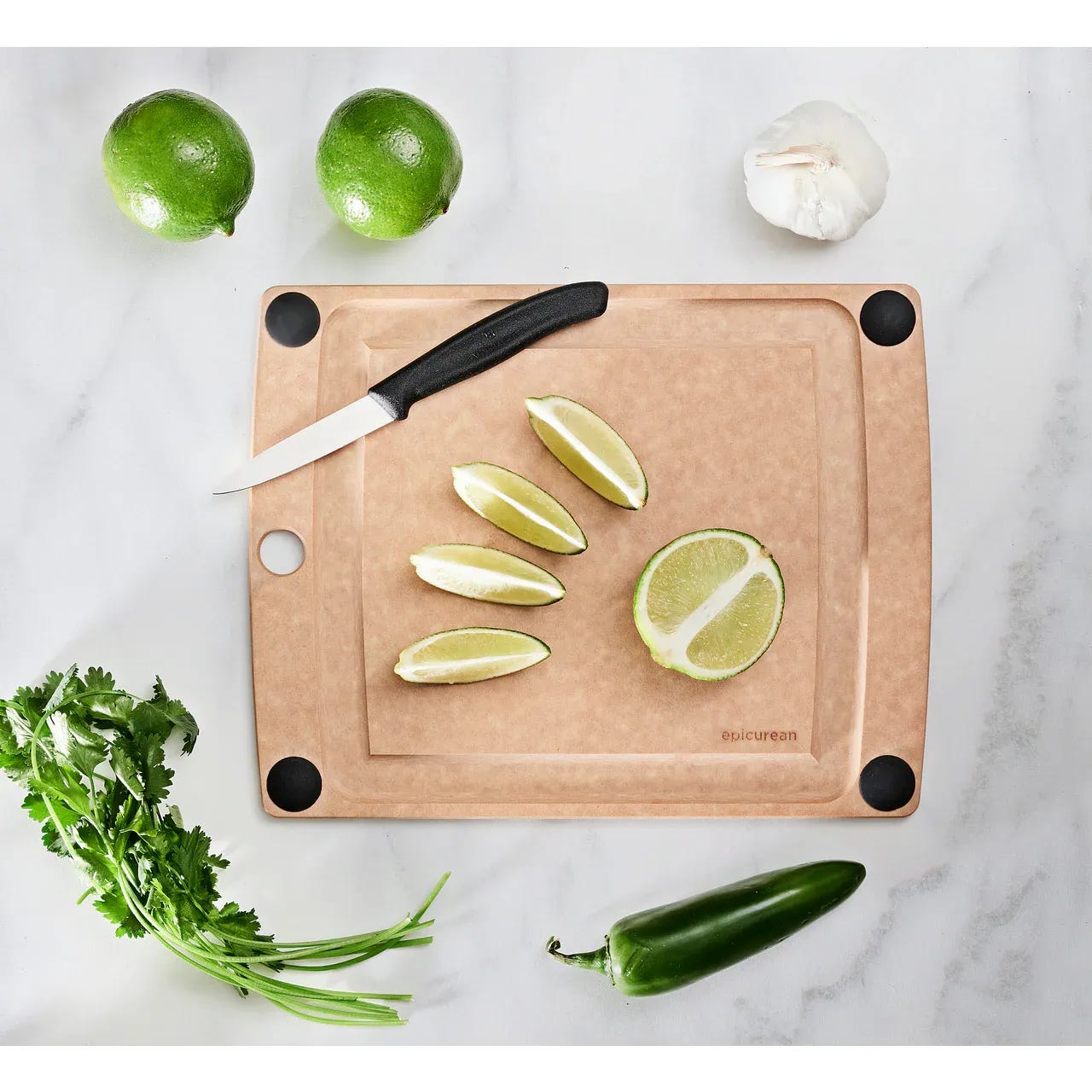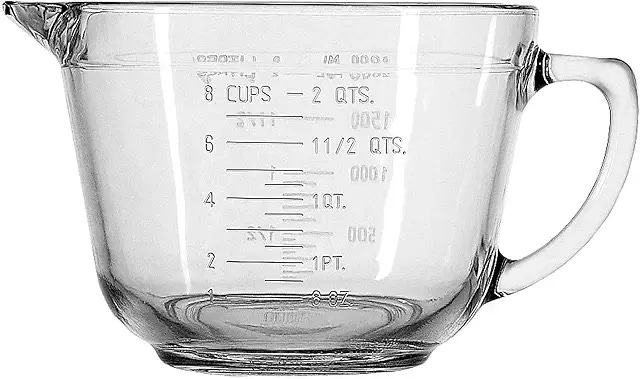Yinzers and Salad Spinners
A fresh start, a new city, and kitchen favorites worth buying again
I’m officially a Yinzer! If you’re not familiar with the term, it’s a nickname for someone who is proudly from Pittsburgh. I just learned that myself.
We moved to Pittsburgh about two weeks ago, and I’ve been pleasantly surprised. The city is incredibly walkable and bike-friendly, and the local food scene is seriously impressive. While we’ve been waiting for our furniture and kitchen gear to arrive, we’ve taken the opportunity to explore restaurants and local markets. There’s a delicious soup dumpling spot just around the corner, and the neighborhood pizza place is pretty outstanding—even by NYC standards.
In this week’s newsletter, and like always, we’ll kick things off with food-focused content, then some reflections and nutrition musings in the Food for Thought.
No functioning kitchen means no recipe this week—but let me set the scene.
Over the course of many moves, I’ve always done the heavy lifting myself. I’d rent a truck, channel my inner Hulk, and muscle through it. But given the year we’ve had, we decided to go a little easier on ourselves and hired a moving company to bring our boxes and furniture from New York City to Pittsburgh.
Unfortunately, the friendly salesperson turned out to be a bit of a wolf in sheep’s clothing. Just two days before the move, we got a call packed with caveats and fine print. Long story short, we ended up paying nearly four times our original quote, and our belongings arrived a whole week late. I guess moving catfishing is a thing now. Lesson learned.
In a frantic attempt to cut costs, I started tossing anything that felt nonessential, including a few dingy but well-loved kitchen tools. So while I wait for my kitchen to become fully functional, I’m skipping the recipe this week and sharing a list of the kitchen items I loved enough to replace. Because to me, buying something again is the ultimate chef’s kiss.
Paper Cutting Board
Epicurean All-In-One is my go-to cutting board for everything from chopping vegetables to handling raw meat. I gave up plastic years ago and switched to these paper-based boards made from the same durable material the company originally developed for skateparks. Now, that same tough surface is used to create cutting boards that are NSF and GreenGuard certified, dishwasher safe, and manufactured using regenerative, eco-friendly practices.
I used my last one for six years before finally replacing it. They’re a bit of an investment, but well worth it. I recommend the All-In-One model—it has built-in non-slip grippers that help keep the board steady while you chop.
While I didn’t part with my knives during the move, I always get asked which brand I use. And since you can’t talk about cutting boards without talking about knives, I would be remiss not to mention that I am a proud Global knife owner.
Stainless Steel Salad Spinner
Stainless steel salad spinners are a great alternative to plastic. They're non-reactive and more durable. Glass is another option, but I’m personally too accident-prone for fragile kitchen tools. I use my spinner to wash greens, fresh herbs, and even berries. After spinning, I often remove the plastic strainer, line the bowl with a clean kitchen towel, and store my greens right in the bowl for the week.
I originally had the older model from OXO and loved it, but after reading reviews, it seems the latest version isn’t quite as good. So, I’m trying the dupe version (nearly half the price) called Lunememo Stainless Steel Salad Spinner. Stay tuned, and I’ll let you know how it holds up.
Glass Batter Bowl
Okay, this one was a bit wasteful. My batter bowl was old and a little beat up, but it was still perfectly functional. The truth is, I ran out of packing paper, I was frustrated, and I impulsively recycled it to make the problem go away. That said, a good batter bowl is an essential fixture in my kitchen. So, here I am buying one again.
A batter bowl is a large, wide-mouthed mixing bowl with a built-in spout and handle, designed for easy pouring. It’s perfect for mixing pancake or cake batters, sauces, or dressings, and makes transferring liquids or semi-liquids more controlled. Some come with measurement markings and lids for added convenience. I also like that it's clear, so you can measure and mix right in the bowl and see if any stubborn bits are stuck to the bottom. They’re heat-safe, microwave-safe, and incredibly versatile.
Ceramic Serving Tray
This one is a splurge. A dear friend introduced me to the NYC-based artist Connor McGinn Studios by gifting us the most gorgeous serving bowl for our wedding. Ever since, I’ve used our anniversary as an excuse to build a small collection slowly.
I try to be intentional with what I buy, especially in the kitchen, to avoid getting swept up in unnecessary consumerism. But these pieces are just so beautiful, and I like to think that supporting small businesses makes it feel a little more justifiable. Ohh, the excuses we tell ourselves.
Unfortunately, in my packing frenzy, I broke one of my favorite serving dishes. Instead of beating myself up about it, I’m permitting myself to replace it. Some things are worth buying again.
Now that I’m settling into a new city, I’ve found myself needing to introduce myself all over again to neighbors and new connections. I’m also beginning a new professional chapter, working with a literary agent to explore some writing opportunities. As part of the onboarding process, I was asked to complete a form that included the prompt: “In a few sentences, share your story.”
It seemed like a simple request, but it gave me pause. What is the story I want to tell?
Introducing yourself, or the more poetic version—telling your story—is a strange thing, and I think it takes practice. It’s a bit like giving an elevator pitch. You try to distill who you are and what you do into a neat little word bundle. And if you’re good at it, you can weave in a bit of personality, like a great accent rug or a flirty hat.
For me, it’s much easier to introduce myself in person, where I can read the room and respond to the moment. Where I struggle is online, especially on social media, where the temperature of the room is a mystery, and nuance often gets lost in the scroll.
I have never really felt a strong sense of self online. I used to blame it on my ADHD or my dislike of getting my photo taken. But honestly, it mostly comes down to fear. Fear of rejection.
Every time I tell my story online, it feels a bit like being at a middle school dance—awkward, exposed, lingering on the edge of the dance floor. Back then, to avoid embarrassment, I would often skip the dancing altogether, pull out my Pokémon cards, and pretend I never wanted to dance in the first place. Judging by my recent Instagram activity, it is safe to say I have spent a lot of time playing Pokémon. Not participating feels less risky.
However, this little Substack outlet of mine has started to feel like a safe place where I am comfortable dancing a little. The encouragement I have received from friends and family has helped me step outside my comfort zone. And for that, I will always be grateful.
So, to keep putting myself out there and practice telling my story, I figured I would try it out here first. And maybe, if I get comfortable sharing it here, it will help me make new friends in my new city, uncover new writing opportunities, or finally step back onto the sticky gym floor that is social media.
Now let me introduce myself…
Hello, my name is Olivia, and I’m deliciously curious about nutrition.
My professional background is rooted in evidence-based nutrition. I’m a registered dietitian with a master’s degree in nutrition science and am currently pursuing a PhD to strengthen my research skills by designing nutrition programs for Olympic athletes. But instead of relying on food scales and plastic portion models, I use recipes to help people build practical, lasting eating habits.
So, how can a recipe improve your nutrition habits? Think about how you learned to ride a bike. You didn’t master it from a handout or a TikTok video. You practiced. You got outside, fell a few times, and kept going until it became second nature. Eating well works the same way. It’s not just about knowing the information. It’s about repetition, experimentation, and building confidence over time.
If practice is the key to learning, then the secret to learning to eat more nutritiously is making it delicious. Because, when something tastes good, you’re more likely to make it again. Simple, satisfying recipes become the homework that turns nutrition science into real behaviors.
But deliciousness is personal. That’s why I focus on adaptable recipes that can fit any eating style. It’s not about rigid rules or copying “what I eat in a day” videos. It’s about enjoying the foods that matter to you while learning techniques that support your health goals.
I never trained as a chef. My cooking skills came from necessity. I grew up with a single mother who hated to cook, so I took on the responsibility of feeding my younger siblings. Over time, I worked in restaurants, catered events, and cooked in private homes to help pay my way through school. My culinary education is rooted in lived experience, focusing on quick, satisfying meals that work in the chaos of everyday life.
Today, I draw on both my professional expertise and personal experience to lead a hospital-based nutrition program that includes a teaching kitchen, food pantry, and rooftop farm, all designed to help diverse patient populations navigate both medical and social needs through food. I also travel nationally and internationally to train healthcare professionals in how to talk about nutrition with humility and compassion, and I consult with leading health systems and universities to design and scale innovative food-based care programs.
AND CUT











Olivia,
I love reading your posts. I am so proud of you! You are doing an amazing job! Marianne